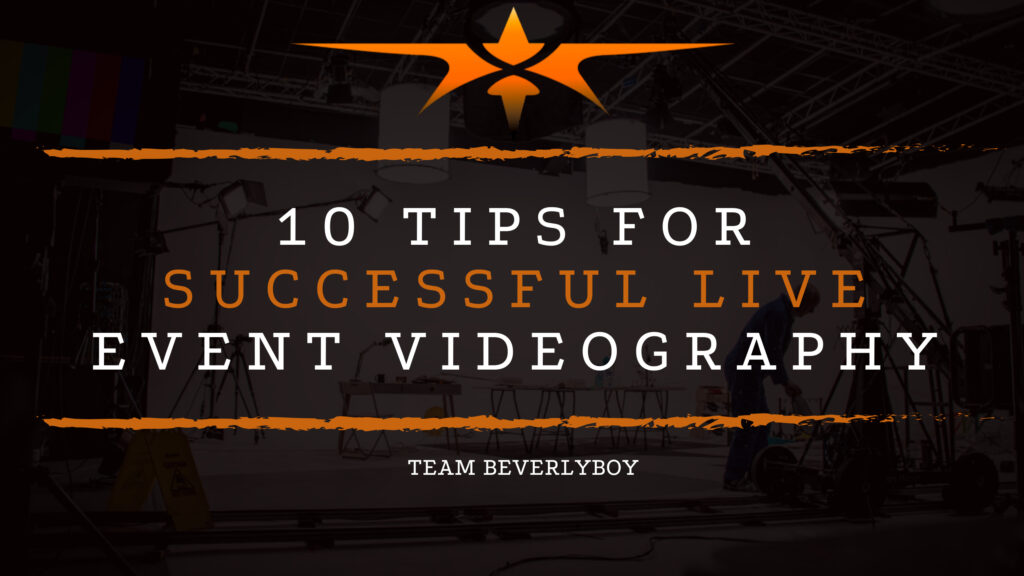10 Tips for Successful Live Event Videography
As a professional videographer, shooting a live event can be exciting and exhausting at the same time. With a single chance to capture the scene perfectly, the need to work fast and far from the comfort zone is absolutely vital. If you’re not careful, even the slightest malfunction or technical error can lead to huge mistakes and losses when it comes to capturing the event. To make sure you’re not left without footage, follow these tips for successful live event videography.

GET AN EVENT VIDEO PRODUCTION QUOTE HERE!
CHOOSE YOUR STYLE
Before the live event is even close to beginning you should be thinking about the style you’ll use to capture the footage of the live event.
Will you use a tripod and capture a single angle of the stage? Will you use several cameras and a mix of tripods, cranes and sliders to capture a completely mixed shoot with variety and versatility? Some of the choice may depend on what your client wants, but either way, planning will be key to capturing the event in the best possible manner.
CAPTURE SOUNDBOARD AUDIO
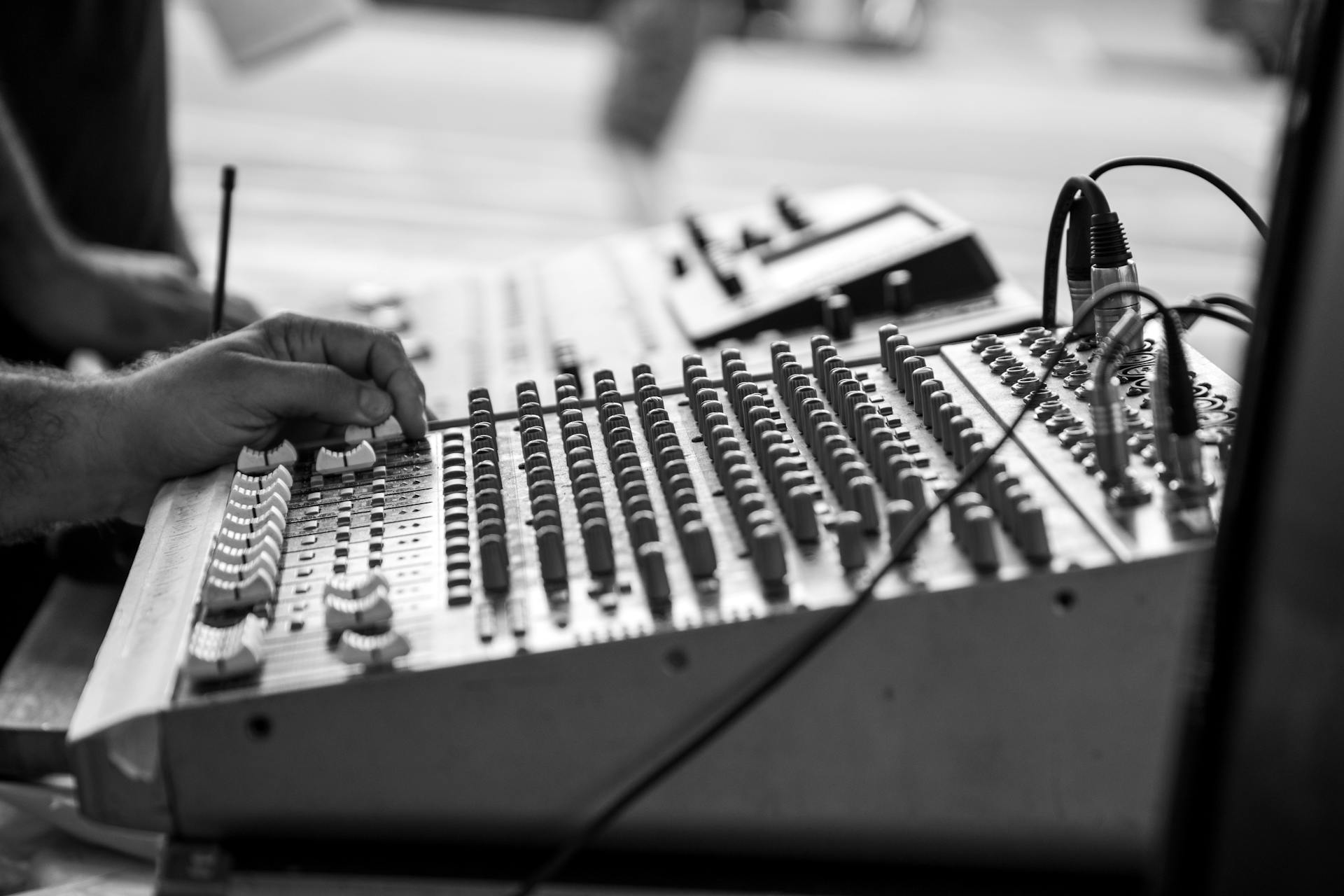
Live event videography is great, IF you capture sound to support it in a great way. Poor sound, or sound that includes the voices and rustling of the crowd won’t do you much good. You need to record event audio directly from the soundboard if you’re going to make a professional video. Don’t rely on your camera mic no matter how great you think it really is!
And, while we’re talking about audio, make sure you’re monitoring the audio throughout the event to ensure there aren’t any problems. Make sure the mix that you’re receiving is a great as what you hear from the main speakers.
USE MULTIPLE CAMERAS
Even a live event that is of seemingly small magnitude is best captured with multiple cameras. Why? Because having more than one camera functioning and capturing the event can save you should there be a malfunction or technical error with one of your cameras.
Likewise, two or more cameras at the event will also ensure fuller event coverage and plenty of footage to produce top quality video content in post production.
AVOID HANDHELD CAMERAS
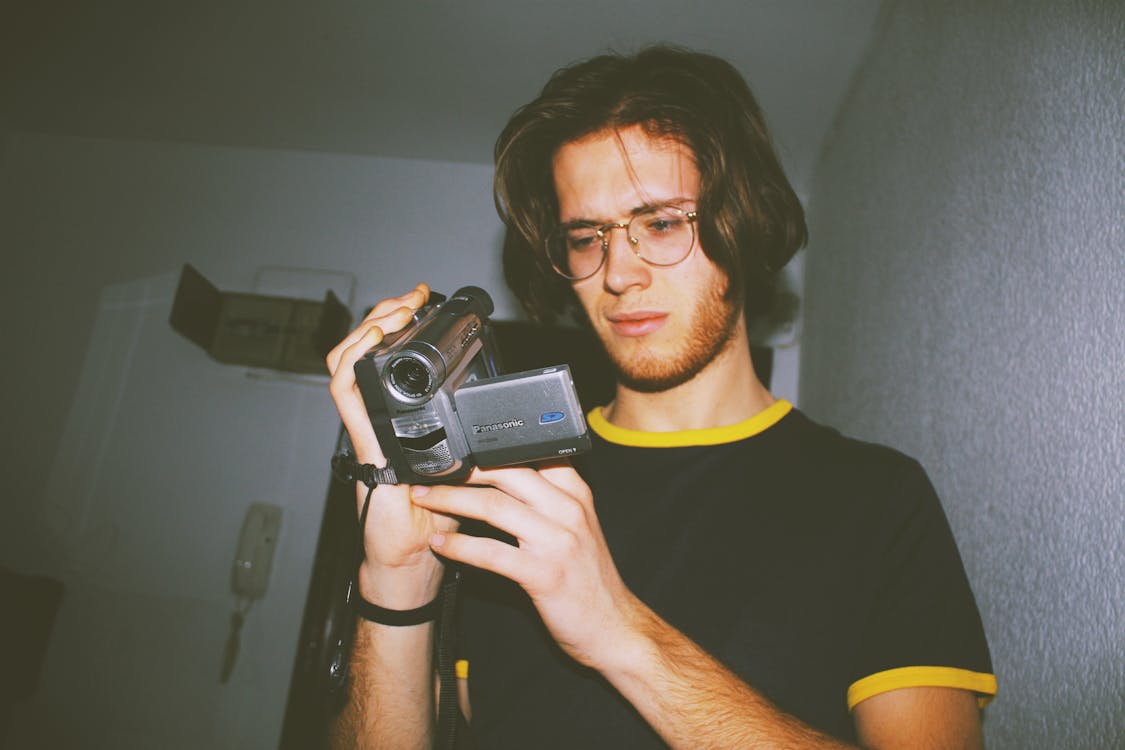
Live event videography is almost always met with the need to capture footage from a distance. This is NOT the time to use a handheld camera. In fact, doing so will almost always lead to footage that is subpar and shaky.
Instead, use a tripod, shoulder rig or slider in order to shoot the event with a level or professionalism that will allow for better footage and a more steady view. Just avoid handheld shots, please!
DON’T STOP RECORDING
From the moment you begin recording until you leave the event, don’t stop shooting. You need to start recording before the event starts and you need to prepare to record for a little bit after the event too.
This way you can capture moments that would have been missed otherwise. Plus, if you stop recording you’ll face a nightmare when you attempt to sync with audio in post.
USE TOP QUALITY PROFESSIONAL EQUIPMENT

Live event videography such as small gatherings or less formal events may lead you to consider using a DSLR or device that is less than top quality. After all, it’s easier and less to carry around, right?
However, a great live event videographer will come prepared with his or her best equipment for the job. This means you’ll need to use a professional video camera to capture the live event with the quality that is expected of a professional videographer. Don’t disappoint your client!
TURN OFF AUTOMATIC WHITE BALANCE
The worst thing to face in post production is the use of several cameras that had automatic white balance turned on and, in doing so, captured footage in completely different hues.
From one camera to the next, automatic white balance will almost certainly be different. Stage lights will be different colors as will everything else about the scene. Just turn off automatic white balance and save yourself some time in post.
LIMIT YOUR ZOOM
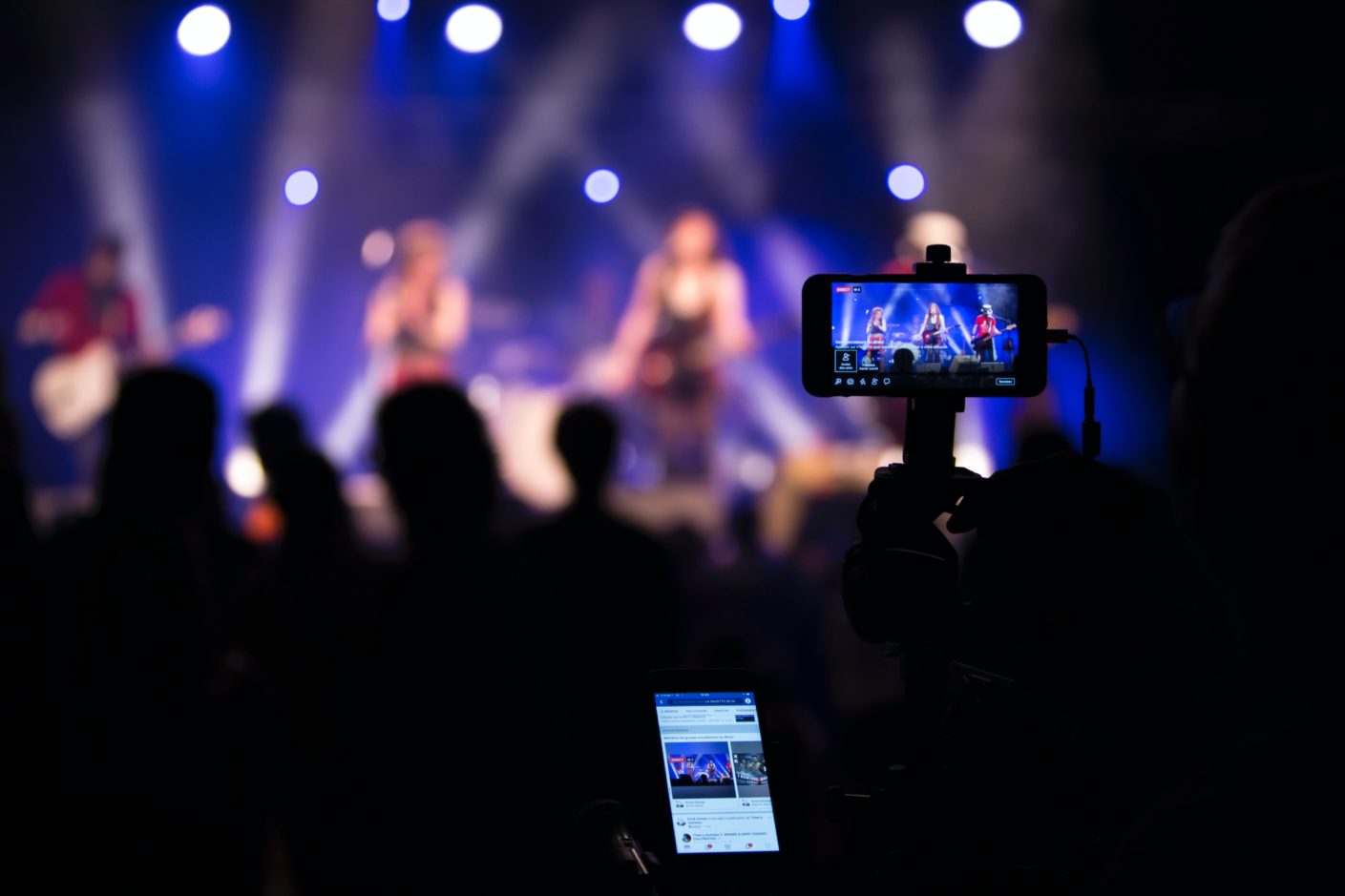
While zoom is great for certain elements of professional videography, live event production really isn’t the time or the place to zoom. Shooting live events professionally requires you to avoid the urge to zoom in order to capture and compensate for the changes that occur on stage.
Instead, cut your camera to the main shot that you’ll be capturing, zoom the camera in or out as needed for focus, and cut back to your close shot. That’s it!
CAPTURE B-ROLL
Shooting a live event is great, but without B-roll you’ll struggle in post to pull it all together. Try to get some b-roll of the attendees of the event or the location or other elements that you can use to produce a final event video that has context and tells the story of your event.
This will make post production transitions easier to balance out too.
BE EARLY
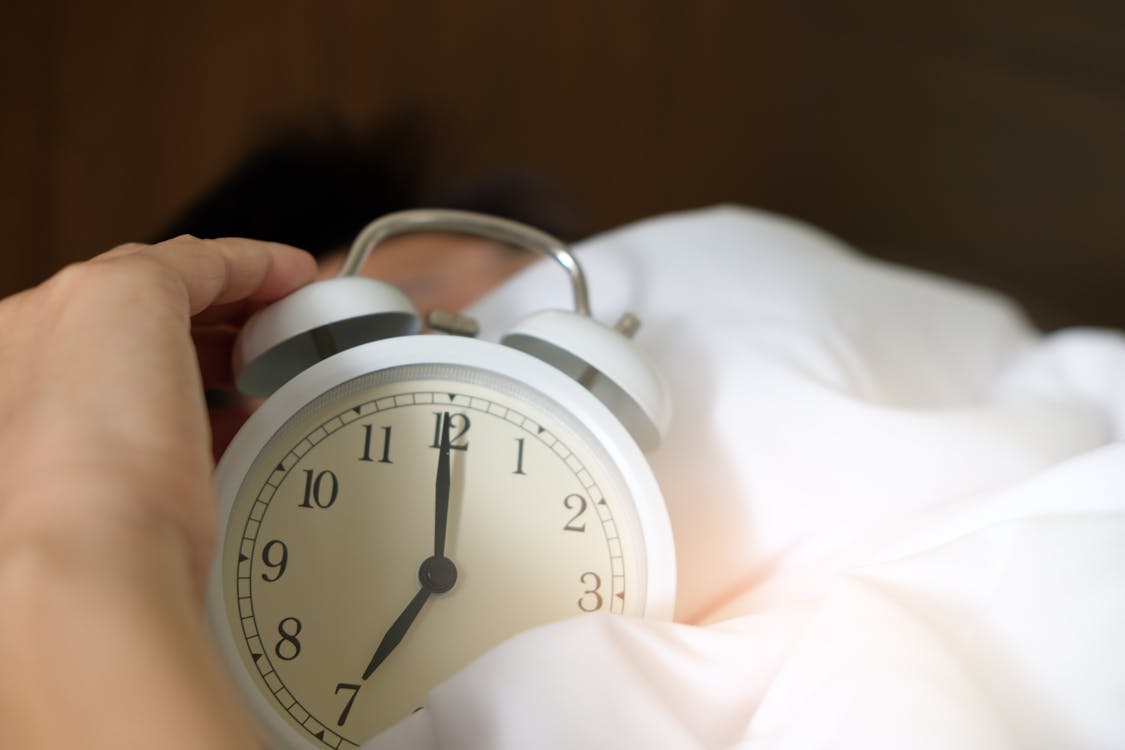
You want to arrive at the live event early so that you can prepare your equipment and be ready well before the event starts. Make sure you have tapped into the sound board, talked with any key players at the event, determined your shooting locations and prepared your camera and equipment. This way, when the event starts you’ll be in action ready to capture it to the fullest extend.

